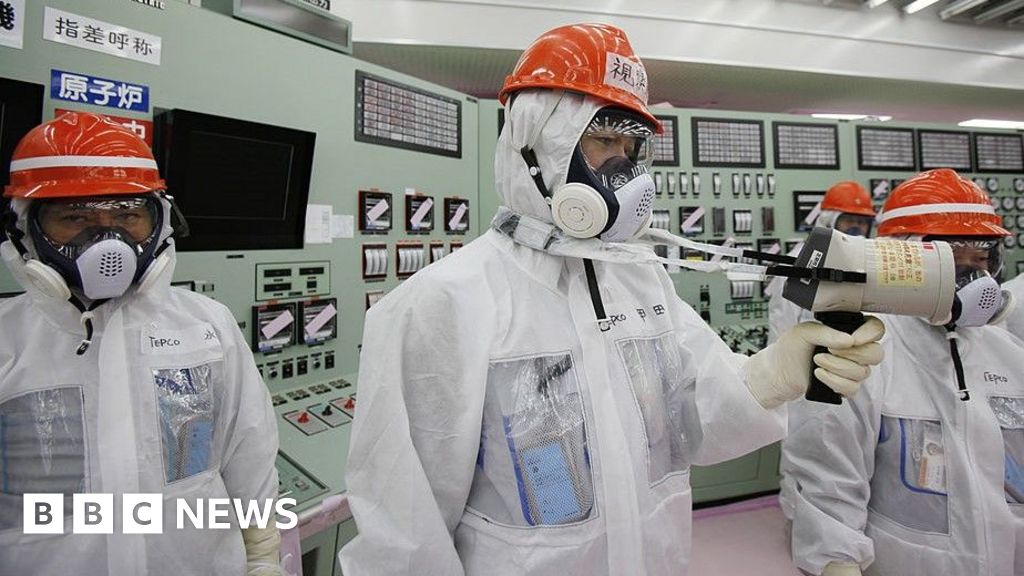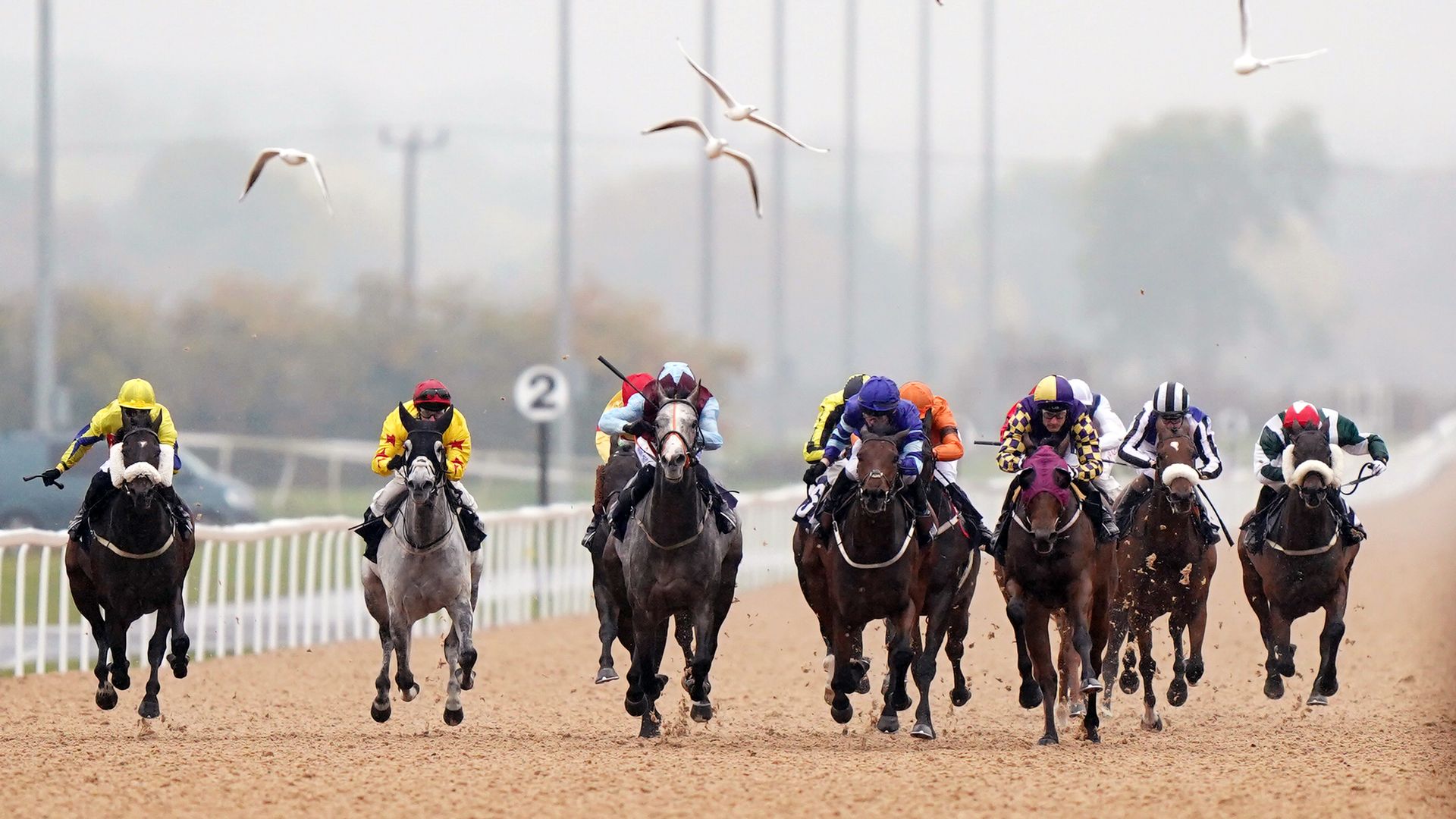Sony's A1 II features a dedicated AI processor and refined ergonomics
When the A1 arrived in 2021, it put the camera world on notice. In more than a few categories, Sony’s full-frame mirrorless camera outperformed rivals like the Canon R5 and came with a lofty $6,500 price to match. However, after nearly four years, the A1 finds itself in an awkward position. Despite its position as Sony’s flagship, the A1 is not the most complete camera in the company’s lineup, with the more recently released A7R V and A9 III each offering features not found on their sibling. That’s changing today with the introduction of A1 II, which retains the performance capabilities of its predecessor while borrowing quality-of-life improvements from the A7R V and A9 III. To start, the A1 II features the same fully stacked 50.1-megapixel CMOS sensor found inside the A1. As before, Sony says photographers can expect 15 stops of dynamic range for stills. The company has once again paired that sensor with its Bionz XR image processing engine but added a dedicated AI processor to handle subject recognition and autofocus. As a result, the A1 II can still shoot at up to 30 frames per second using its electronic shutter, and the autofocus system once again offers 759 points, good enough for 92 percent coverage of the sensor. Sony However, Sony is promising substantial improvements in autofocus accuracy due to that dedicated AI processing unit. Specifically, the camera is 50 percent better at locking eye focus on birds and 30 percent better at eye autofocus when it comes to other animals and humans. Additionally, you won’t need to toggle between different subject-detection modes. Instead, the camera will automatically handle that for you. Sony’s pre-capture feature also offers a one-second buffer that can capture up to 30 frames before fully depressing the shutter button. That said, the most notable addition is the inclusion of Sony’s most powerful in-body image stabilization (IBIS) to date, with the A1 II offering an impressive 8.5 stops of stabilization. For context, that’s three additional stops of stabilization over the original A1. When it comes to video, the A1 II is no slouch. It can capture 8K footage at up to 30 fps using the full readout of its sensor. It can also record 4K video at 120 fps and FHD footage at 240 fps for slow motion, with support for 10-bit 4:2:2 recording. If Super 35 is your thing, there you have the option for 5.8K oversampling. In addition to Sony’s color profiles, the A1 II can store up to 16 user-generated LUTs, and the camera offers the company’s breathing compensation and auto stabilization features. Of the latter, Sony says you can get “gimbal-like” footage with only a slight crop. Sony On the useability front, the A1 II borrows the deeper grip and control layout of the A9 III. Also carried over from the A9 III is the camera’s 3.2-inch four-axis LCD screen and 9.44-million dot OLED viewfinder with 240Hz refresh rate. Moreover, the new camera includes Sony’s latest menu layout design. Oh, and the company plans to include two separate eyecups in the box. Nice. When it comes to connectivity, there’s a full-sized HDMI connection, USB-C and an upgraded Ethernet port that supports transfer speeds up to 2.5Gbps. For storage, the camera comes with two CFexpress Type A card slots that are also capable of reading and saving to UHS-II SD cards. Alongside the A1 II, Sony also announced a new 28-70mm G Master Lens with a constant f/2 aperture (pictured above). While not the lightest lens in Sony’s stable, it still weighs under a kilogram. Both the A1 II and the 28-70mm F2 G Master will arrive in December. They will cost $6,500 and $2,900, respectively.This article originally appeared on Engadget at https://www.engadget.com/cameras/sonys-a1-ii-features-a-dedicated-ai-processor-and-refined-ergonomics-164840579.html?src=rss

When the A1 arrived in 2021, it put the camera world on notice. In more than a few categories, Sony’s full-frame mirrorless camera outperformed rivals like the Canon R5 and came with a lofty $6,500 price to match. However, after nearly four years, the A1 finds itself in an awkward position. Despite its position as Sony’s flagship, the A1 is not the most complete camera in the company’s lineup, with the more recently released A7R V and A9 III each offering features not found on their sibling. That’s changing today with the introduction of A1 II, which retains the performance capabilities of its predecessor while borrowing quality-of-life improvements from the A7R V and A9 III.
To start, the A1 II features the same fully stacked 50.1-megapixel CMOS sensor found inside the A1. As before, Sony says photographers can expect 15 stops of dynamic range for stills. The company has once again paired that sensor with its Bionz XR image processing engine but added a dedicated AI processor to handle subject recognition and autofocus. As a result, the A1 II can still shoot at up to 30 frames per second using its electronic shutter, and the autofocus system once again offers 759 points, good enough for 92 percent coverage of the sensor.
However, Sony is promising substantial improvements in autofocus accuracy due to that dedicated AI processing unit. Specifically, the camera is 50 percent better at locking eye focus on birds and 30 percent better at eye autofocus when it comes to other animals and humans. Additionally, you won’t need to toggle between different subject-detection modes. Instead, the camera will automatically handle that for you. Sony’s pre-capture feature also offers a one-second buffer that can capture up to 30 frames before fully depressing the shutter button.
That said, the most notable addition is the inclusion of Sony’s most powerful in-body image stabilization (IBIS) to date, with the A1 II offering an impressive 8.5 stops of stabilization. For context, that’s three additional stops of stabilization over the original A1.
When it comes to video, the A1 II is no slouch. It can capture 8K footage at up to 30 fps using the full readout of its sensor. It can also record 4K video at 120 fps and FHD footage at 240 fps for slow motion, with support for 10-bit 4:2:2 recording. If Super 35 is your thing, there you have the option for 5.8K oversampling. In addition to Sony’s color profiles, the A1 II can store up to 16 user-generated LUTs, and the camera offers the company’s breathing compensation and auto stabilization features. Of the latter, Sony says you can get “gimbal-like” footage with only a slight crop.
On the useability front, the A1 II borrows the deeper grip and control layout of the A9 III. Also carried over from the A9 III is the camera’s 3.2-inch four-axis LCD screen and 9.44-million dot OLED viewfinder with 240Hz refresh rate. Moreover, the new camera includes Sony’s latest menu layout design. Oh, and the company plans to include two separate eyecups in the box. Nice. When it comes to connectivity, there’s a full-sized HDMI connection, USB-C and an upgraded Ethernet port that supports transfer speeds up to 2.5Gbps. For storage, the camera comes with two CFexpress Type A card slots that are also capable of reading and saving to UHS-II SD cards.
Alongside the A1 II, Sony also announced a new 28-70mm G Master Lens with a constant f/2 aperture (pictured above). While not the lightest lens in Sony’s stable, it still weighs under a kilogram. Both the A1 II and the 28-70mm F2 G Master will arrive in December. They will cost $6,500 and $2,900, respectively.This article originally appeared on Engadget at https://www.engadget.com/cameras/sonys-a1-ii-features-a-dedicated-ai-processor-and-refined-ergonomics-164840579.html?src=rss
What's Your Reaction?





























































